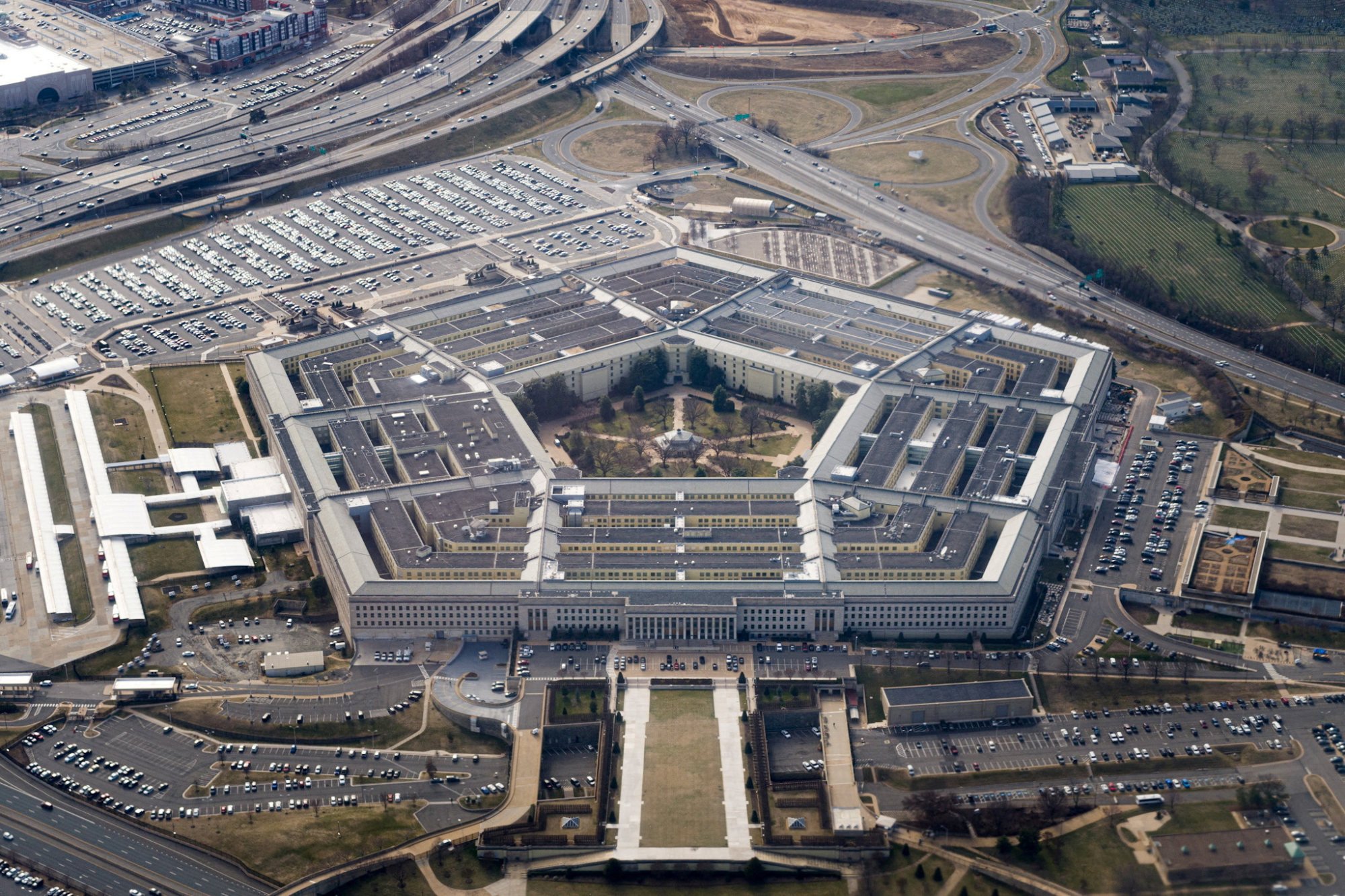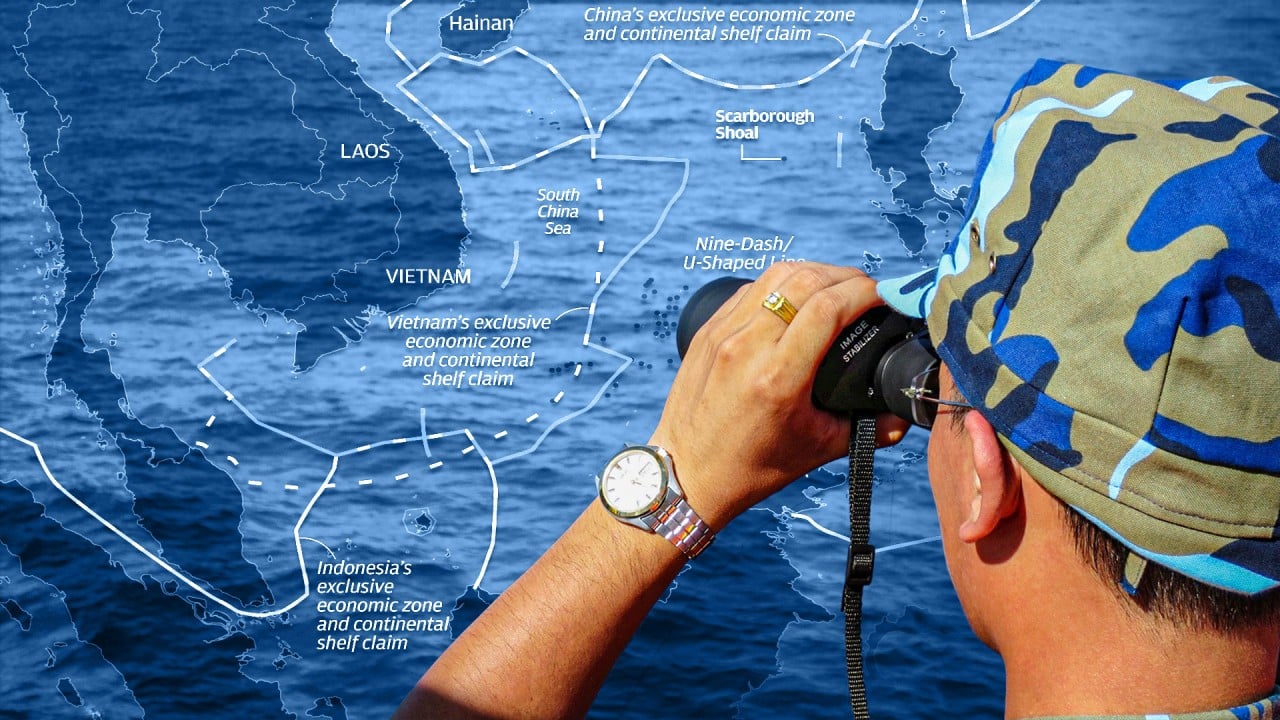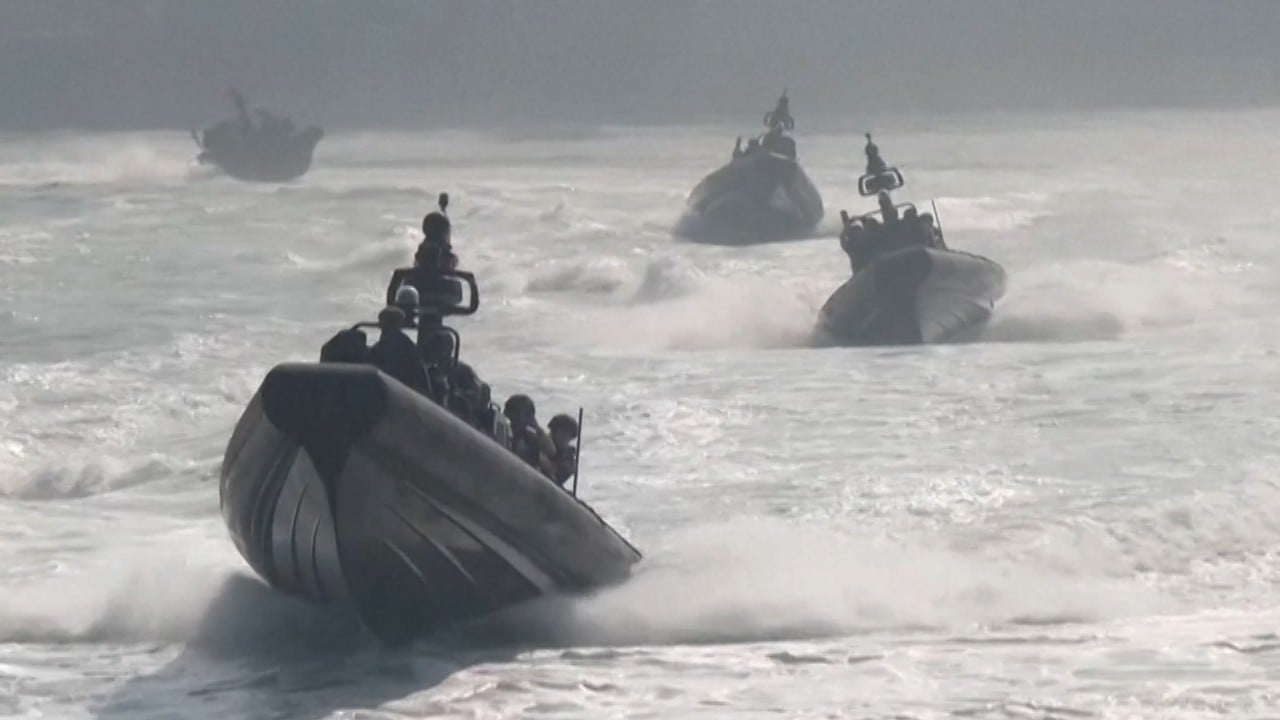“This request will bolster our ability to defend our country, paced to the challenge posed by an increasingly aggressive People’s Republic of China,” US Defence Secretary Lloyd Austin said in a statement.
Austin added that he expected some funding may go towards the construction of new airstrips in the Pacific to avoid an overconcentration of forces.
Construction began in 2020 on the first Columbia-class submarine, which is scheduled to enter service in 2031. The second is expected to begin construction this year after the Defence Acquisition Executive’s (DAE) authorisation in September 2023.
The Pentagon allocated US$9.9 billion for the submarine budget, up US$3.7 billion from the US$6.2 billion allocated in 2024. The rise was attributed to “increases for the submarine industrial base and in advance procurement costs for the FY2026 submarine”.
“[The Columbia-class submarines’] defining characteristic will be the ability to launch ballistic nuclear missiles as part of America’s strategic deterrence,” Timothy Heath, a senior international defence researcher at the US-based think tank Rand Corporation, said.
“The new submarine will also feature a quieter electric engine system, an improved nuclear power system that should reduce maintenance downtime and greater overall durability, which should enable each submarine to serve for 42 years.”

“Equipped with the latest technology, these will be exceptionally difficult to target. Therefore, states in conflict with the United States will be under the continual threat of nuclear attack,” said John Bradford, executive director of the Yokosuka Council on Asia-Pacific Studies and a former US Navy officer.
“China’s advances in undersea warfare are certainly keeping the US engaged with upgrading its own capabilities,” he said. “This upgrade will ensure the status quo nuclear deterrence situation remains in place even as anti-submarine warfare technology improves.”
“It isn’t [only] designed for the Pacific,” Koh said. “But I think overall, there are broader concerns in the US about the ongoing strategic stability with … China and Russia because both of these so-called rival countries are also building up their own nuclear capability.”
‘Systemic’ China-US rivalry could last a decade: Washington envoy Nicholas Burns
‘Systemic’ China-US rivalry could last a decade: Washington envoy Nicholas Burns
Beijing has also recently been focusing on increasing its submarine capabilities. In August last year, a report from the China Maritime Studies Institute of the US Naval War College said China’s latest Type 096 SSBN will be quieter and have significant improvements over its predecessor, posing “profound implications for US undersea security”.
In December, Beijing appointed submarine expert Hu Zhongming as the new PLA Navy commander.
Brian Hart, a fellow with the China Power Project at the Washington-based think tank Centre for Strategic and International Studies, said the US submarines still have a “major qualitative advantage” over China. They are all nuclear-powered, compared to China’s diesel-powered submarines, and the US submarines have a longer history of conducting operations globally.
“In East Asia, China has a home-field advantage. Most of its submarines do not venture far from China’s own shores while US submarine forces are globally deployed,” Hart said.
“That too is changing, though, as China is increasingly looking to field its submarines farther from China, in places like the Indian Ocean,” he said. “Its force of SSBNs is particularly important. China is undertaking an unprecedented and rapid expansion of its nuclear forces.”
Heath, from the Rand Corporation, stressed that “submarine operations are important in the Indo-Pacific just as they are for all naval operations” due to their ability to fire anti-ship cruise and ballistic missiles. He said both the US and China are expected to continue investment in their submarine capabilities.
“The problem is that in the region, we don’t have any mechanism that can, in a way, forestall such an eventuality,” Koh said. “So I think we might potentially see the risk of the sea encounters and the sea incidents because of that.”




